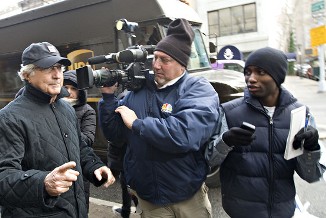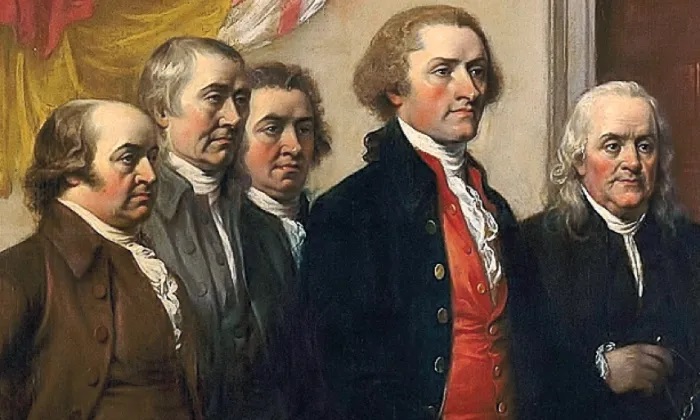“I spent some time… further improving my analysis on why Madoff Investment Securities LLC is likely a Ponzi Scheme… The entire report ties in to Fairfield Sentry Ltd., a third party hedge fund that has over $5 billion invested in Madoff Investment Securities, LLC.”

– Extract of email sent to the SEC by Harry Markopolos, Nov. 7, 2005
“The staff has found no evidence of fraud.”
– SEC Case Closing Recommendation, Nov. 21, 2007
Clearly, some one (or more) at SEC were not only asleep at the switch, but actively chose to ignore repeated warnings.
Whenever you have the intersection of money – a LOT of money – and investment advisors, there will, unfortunately, be unscrupulous individuals who will want to steal it by means of a scheme.
In The Subprime Inheritance, in May, I detailed many of the similarities in the subprime mortgage mess to the 103-year-old morality play, The Voysey Inheritance by Harley Granville Barker.
But who would have thought that another similar scheme was looming on the horizon?
However, the most painful questions surrounding this scheme are how and why it took so long for anyone at the SEC to wake-up and smell the fraud!
Instead, as reported in the Wall Street Journal (Dec. 18) “The documents indicate the agency had Mr. Madoff in its sights amid multiple violations that, if pursued, could have blown open his alleged multibillion-dollar scam. Instead, his firm registered as an investment adviser, at the agency’s request, and the public got no word of the violations.”
What would it take to expose the scheme?
“Harry Markopolos,” the Journal reported “who once worked for a Madoff rival, sparked the probe with his nearly decade-long campaign to persuade the SEC that Mr. Madoff’s returns were too good to be true.
“Markopolos says his suspicions started in 2000, after a colleague returned from New York with tales of Mr. Madoff’s trading prowess.
“Mr. Markopolos says his bosses liked the look of those returns — and asked him why he couldn’t do the same thing.
“So, Mr. Markopolos turned to Daniel DiBartolomeo, a top financial mathematician in Boston. Mr. DiBartolomeo says he spent hours poring through Mr. Markopolos’s data, and ultimately agreed: The strategy Mr. Madoff said he used couldn’t have achieved the returns he boasted of.”
Markopolos said at the time, ‘It doesn’t make any damn sense. This has to be a Ponzi scheme.’
Over the years, Markopolos was ready to give up from the utter lack of interest by the SEC. Then, “early this year,” the Journal reported, “Mr. Markopolos made one last major effort after receiving an email from Jonathan Sokobin, an official in the SEC’s Washington, D.C., office whose job was to search for big market risks…
“Mr. Markopolos …sent Mr. Sokobin an email — with the stark subject line ‘$30 billion Equity Derivative Hedge Fund Fraud in New York’ — saying an unnamed Wall Street pro recently pulled money from Mr. Madoff’s firm after trying to confirm trades supposedly done in his account, but discovering that no such trades had been made.
“He never heard back about his allegations regarding Mr. Madoff.
“‘I felt pretty low,’ Markopolos recalls.
“Last Thursday, …he checked his voice mail… and heard an old friend tell him that Mr. Madoff had been arrested.”
How could the SEC have missed this? Why could they not connect the dots as Markopolos had? Where was the oversight, the vigilance, the accountability? And why did it take so long?
If the SEC is charged by the government to act as a watchdog for investors, there needs to be a comprehensive, top-down investigation undertaken as the first order of business under the leadership of Mary Schapiro, newly named to head the SEC by President-elect Obama.
Because the reality is, if they cannot find and fix the flaws in the system, how can they protect any of us in the future? How can we avoid inheriting yet another massive fraud?
Comments









